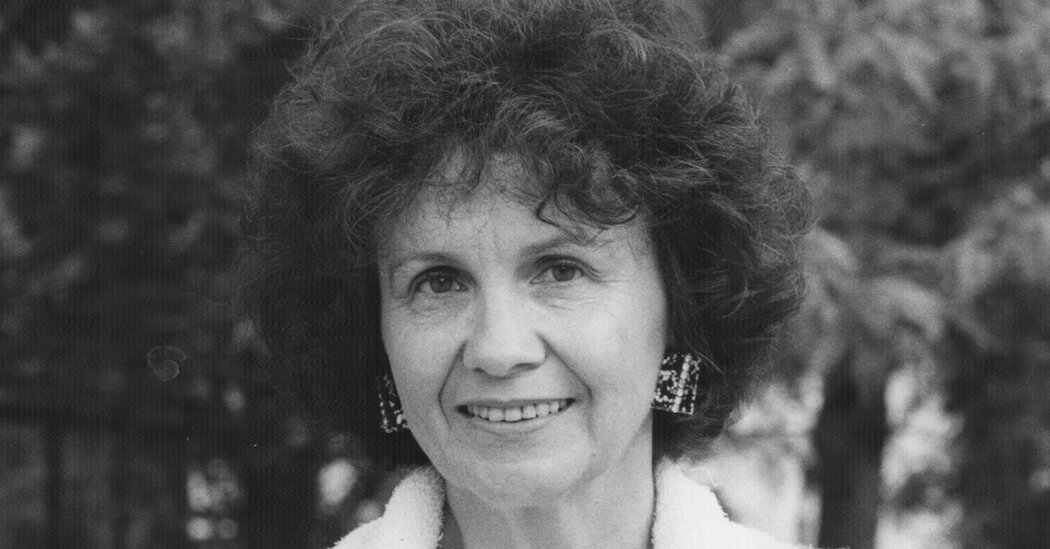That statue of Munro, who died in May at the age of 92, was shattered on Sunday.
Canadian novelist Margaret Atwood wrote in an email that she was “blindsided” by the revelations. Although she had learned something about the cause of the family rift from one of Munro’s other daughters a few years earlier, she did not know the full story until she read Skinner’s account.
“Why did she stay? Look me up,” Atwood wrote of Munro’s decision. “I think they came from a generation and a place that swept things under the rug.”
She added: “You realize you didn’t know who you thought you knew.”
On social media, a flood of writers and journalists, including Lydia Kiesling, Brandon Taylor and Jiayang Fan, expressed their shock and sadness at the news. Others, including novelist Rebecca Makkai, wondered whether it would now be possible to separate Munro’s transcendent writing, which occasionally explored tumultuous domestic situations and sudden estrangements, from her disturbing behavior.
“These revelations not only shatter Munro’s legacy as a person, they render the stories that were so clearly told in retrospect about that unfathomable betrayal effectively unreadable as anything other than half-realized confessions,” Makkai said in an email. “To me, that makes them unreadable altogether.”
Skinner wrote that the abuse began when she was 9 years old and went to visit her mother and stepfather, Gerald Fremlin. He climbed into her bed, Skinner wrote, and sexually abused her. She told her stepmother, Carole Sabiston, who told Skinner’s father, Jim Munro. He chose not to tell his ex-wife, Alice. Skinner wrote in The Star that Fremlin continued to expose himself to her for years.
